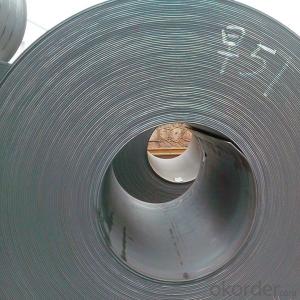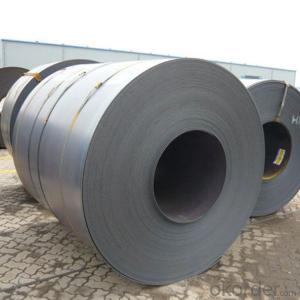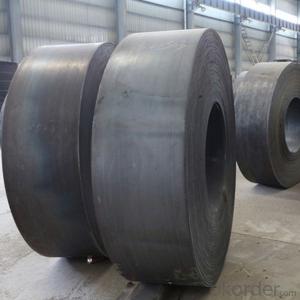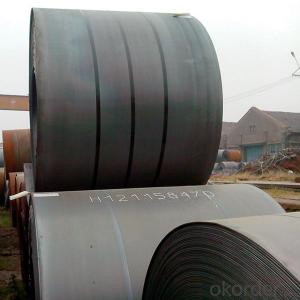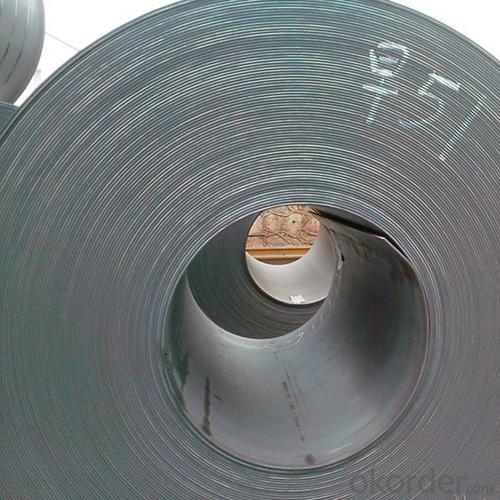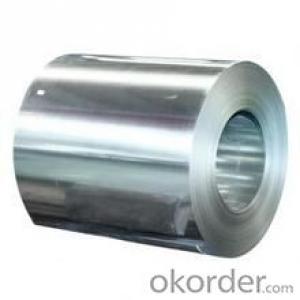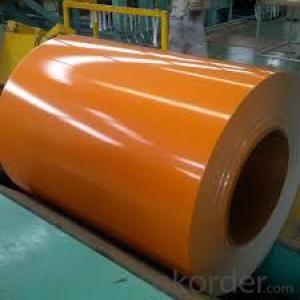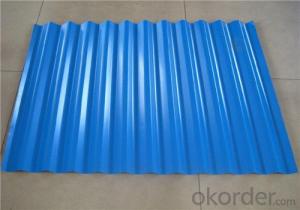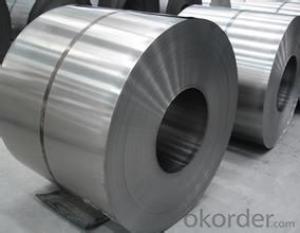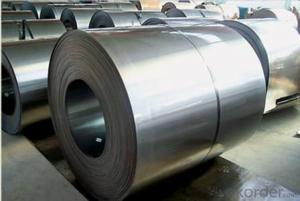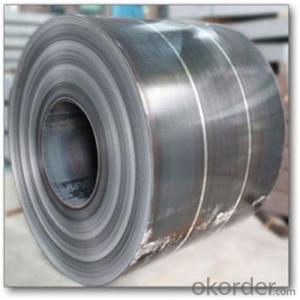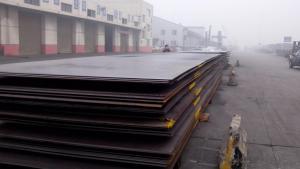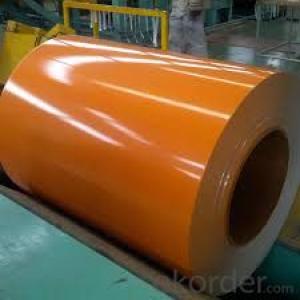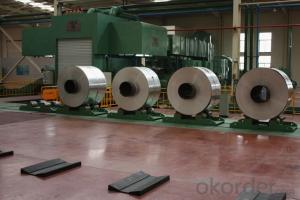Hot Rolled Steel Plates,Steel Plates,Steel Coils,Good Quality Best Price
- Loading Port:
- Tianjin
- Payment Terms:
- TT OR LC
- Min Order Qty:
- 26 m.t.
- Supply Capability:
- 250000 m.t./month
OKorder Service Pledge
OKorder Financial Service
You Might Also Like
Specification
DESCRIPTION FOR SS400 CARBON STEEL SHEET
1.Thickness: 1-200mm
2.Width: 100-3000mm
3.Length: 1000-12000mm
4. Applications :mining machinery, environmental protection, engineering
5. Grade:SS400 A 36 Q195.Q235.Q345.SPCC.SPCH
6.Surface : Hot Rolled Cold Rolled Galvanized Steel
DETAILS:
Thickness | 0.5-100mm |
Width | 1250mm,1500mm,1800mm,2000mm.,2500mm or as required |
Length | 2000-12000mm |
Standard | AISI, ASTM, BS, DIN, GB, JIS |
Material | A36,SS400,SPCC,SPHC, Q195, Q 235,Q345 |
Tehnique | Hot rolled;cold rolled |
Payment | TT ,L/C |
Packing | Standard seaworthy packing or as required |
Market | Mild east, North/South America, Europe, Asia,Africa etc |
Certificate | BV,SGS,MTC |
Delivery time | 15-45days after confirming the order |
PACKING:
1.Big thickness:by bulk vessel
2.Small thickness:packed by steel strips and shipped by container
3.According to the requirements of customers'
TRADE TERMS :FOB, CFR, CIF
FEATURES OFSTEEL COILS
(1)Good ductility
(2)Good corrosion resistance
(3)Excellent abrasion resistance and fatigue strength
(4)Good weldability
(5)Oxidation resistant performance
(6)Excellent in high temperature
OUR SERVICE
1.High quanlity and reasonable price.
2.Customized on-demand.
3.Reasonable shipping and fast delivery.
4.Free sample.
FAQ:
Q: How can I get the samples?
A: If you need some samples to test ,please pay for the transportation freight of samples and our samples are free for you.
Q: How can I get your price list?
A: Please send us your email or fax and order information – Quantity, Specification (steel type, thickness, width, surface finish), then I can send you the price list.
- Q: What are the different types of steel coil loading and unloading devices?
- There are various types of steel coil loading and unloading devices that are commonly used in industrial settings. Some of the main types include coil lifters, coil hooks, coil grabs, and coil transfer carts. These devices are designed to safely and efficiently handle steel coils during the loading and unloading process, ensuring smooth operations and minimizing the risk of accidents or damage to the coils.
- Q: How are steel coils used in the production of metal furniture?
- Steel coils are used in the production of metal furniture as they are the primary raw material for manufacturing various components such as frames, legs, supports, and brackets. These coils are unrolled and passed through different machinery to shape and cut them into the desired sizes and shapes. The resulting pieces are then welded, joined, or assembled to create the different parts of the furniture. The strength and durability of steel make it an ideal material choice for metal furniture, ensuring sturdy and long-lasting products.
- Q: What is stainless steel 316, and what are its properties and uses?
- if you want to know details, try looking it up in wikipedia. It's not a reliable source for everything, but truly technical stuff is good. It lists the exact range of elements, heats, and other things, as well as uses and things it shouldn't be used for.
- Q: How are steel coils used in the production of packaging materials?
- Steel coils are used in the production of packaging materials as they are processed and shaped into various forms, such as sheets or strips, which can be used to create durable and sturdy packaging products. These coils are often used to make packaging materials like cans, drums, and containers, providing strength, structural stability, and protection to the packaged goods during storage and transportation.
- Q: How do steel coils impact the overall cost of production?
- The overall cost of production in various industries is greatly affected by steel coils. Initially, the expense of the steel coils themselves can be quite significant. The price of steel is influenced by several factors, including supply and demand, raw material costs, and market fluctuations. Any increase in the price of steel coils can directly impact the overall cost of production, as they are a major component in the manufacturing process. Furthermore, the operational costs of production are also influenced by steel coils. These coils are commonly used in different manufacturing processes, such as stamping, rolling, and forming, which require specialized machinery. The efficiency and effectiveness of these processes greatly depend on the durability, quality, and size of the steel coils. If the coils are of low quality or not suitable for the specific production requirements, it can result in increased downtime, machinery maintenance, and rework, all contributing to higher production costs. Additionally, the transportation costs associated with steel coils can impact the overall cost of production. Steel coils are typically heavy and bulky, requiring special handling and transportation arrangements. The logistics costs can be significantly influenced by factors such as the distance between the supplier and the production facility, as well as the chosen mode of transportation. Any rise in transportation expenses, such as fuel prices or shipping fees, can directly affect the overall cost of production. Lastly, the availability of steel coils can also impact production costs. During periods of high demand or limited supply, the price of steel coils may increase, resulting in higher production costs. Moreover, if there is a shortage of steel coils due to trade restrictions or disruptions in the supply chain, manufacturers may have to resort to alternative materials or sources, which could be more expensive or of lower quality. These factors can have a ripple effect on the overall cost of production. In conclusion, steel coils have a significant impact on the overall cost of production. Their cost, quality, transportation, and availability all influence the efficiency, effectiveness, and affordability of the manufacturing process. Therefore, manufacturers must carefully consider and manage these factors to optimize their production costs and maintain competitiveness in their respective industries.
- Q: What are the different methods of edge trimming steel coils?
- There are several different methods used for edge trimming steel coils, depending on the specific requirements and preferences of the manufacturer. Some of the common methods include: 1. Slitting: This is a widely used method where the coil is passed through a set of rotating circular blades to cut the edges of the steel coil. Slitting allows for precise trimming of the edges and can be used for various thicknesses of steel coils. 2. Milling: In this method, the edges of the steel coil are trimmed using milling cutters, which remove the excess material to achieve the desired edge finish. Milling is often used for thicker steel coils or when a specific edge profile is required. 3. Shearing: Shearing involves the use of a sharp blade to cut through the steel coil along a straight line. This method is commonly used for thinner steel coils and provides a clean and straight edge. 4. Laser cutting: Laser technology is also employed for edge trimming steel coils. A focused laser beam is used to melt or vaporize the excess material, resulting in a precise and smooth edge. Laser cutting is often used for thinner gauges or when intricate shapes or patterns are required. 5. Water jet cutting: This method utilizes a high-pressure stream of water mixed with abrasive particles to trim the edges of the steel coil. Water jet cutting offers a versatile and precise cutting solution, especially for thicker steel coils and complex shapes. It is important for manufacturers to carefully evaluate their specific requirements, such as coil thickness, desired edge finish, speed, and cost, in order to select the most appropriate method of edge trimming for their steel coils.
- Q: What are the different types of steel coil cutting blades?
- There are several different types of steel coil cutting blades, including shear blades, slitting blades, and rotary slitter knives. Shear blades are used for straight cuts and are typically made of high-speed steel or carbide. Slitting blades are designed for cutting coils into narrower strips and can be made of high-speed steel or tungsten carbide. Rotary slitter knives are used in rotary slitting machines and come in various configurations, such as circular or straight-edged blades, depending on the specific cutting requirements.
- Q: On a fixie frame what should i get an aluminum frame or a steel frame
- Steel will ride smoother, but be heavier. Aluminum is lighter, but you will feel more of the small bumps in the road. IMHO - steel is real - but only on a road bike with gears for around town or touring. Fixed gear bikes? You can keep 'em. I wouldn't own one if it were free.
- Q: How are steel coils used in the production of structural components?
- Steel coils are used in the production of structural components as they serve as the primary raw material for various manufacturing processes. These coils are typically processed through rolling mills, where they are heated, shaped, and transformed into different structural shapes, such as beams, columns, and plates. The high strength and durability of steel make it an ideal choice for constructing buildings, bridges, and other infrastructure, ensuring the structural integrity and longevity of these components.
- Q: I have a set of steel pans with copper bottoms. When I cook with oil it always burns the oil to the pan and takes days to clean. I don't think I should use steel wool, since it might scratch the surface. Does anyone know a faster way to clean scorched oil off a steel pan?
- Use a Mr. Clean Magic Erasure. I swear, you will be amazed at how easily it gets your pots and pans clean! It shines them right up! That oil will come right off. Make sure you do wash it with dish soap and warm water after using the Magic Erasure.
Send your message to us
Hot Rolled Steel Plates,Steel Plates,Steel Coils,Good Quality Best Price
- Loading Port:
- Tianjin
- Payment Terms:
- TT OR LC
- Min Order Qty:
- 26 m.t.
- Supply Capability:
- 250000 m.t./month
OKorder Service Pledge
OKorder Financial Service
Similar products
Hot products
Hot Searches
Related keywords
